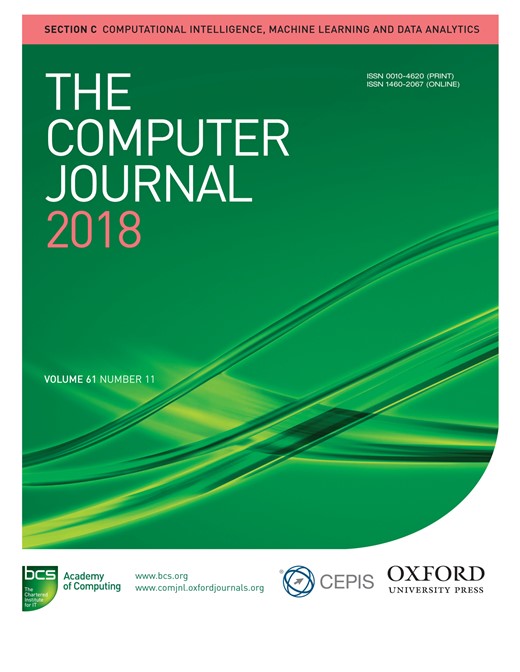-
Views
-
Cite
Cite
Sunny Rai, Shampa Chakraverty, Devendra K Tayal, Yash Kukreti, A Study on Impact of Context on Metaphor Detection, The Computer Journal, Volume 61, Issue 11, November 2018, Pages 1667–1682, https://doi.org/10.1093/comjnl/bxy032
Close - Share Icon Share
Abstract
With increasing computational power at hand, research in NLP is currently veering towards processing the latent conceptual constructs in human language such as metaphors. The input for metaphor detection has so far been presented either as a lexico-syntactic relation extracted from an utterance to be processed or as a fixed-sized window of words in sequence. The former representation ignores the semantic content of the context for an utterance whereas the latter may cull out significant lexico-syntactic relations due to the presence of multiple intervening qualifiers in the window. In this paper, we investigate the contribution of context in identifying Type II metaphors in text. We represent the input for metaphor detection in a graphical manner which simultaneously captures semantic content from the relevant context and retains lexico-syntactic relations within an utterance. We propose a graph theoretic approach to identify metaphors by detecting incongruity on the basis of contextual clues gathered from surrounding nodes. We evaluate the performance of the proposed context driven metaphor detection system on VUAMC and TroFi dataset. The results indicate an improvement of more than 6% in accuracy as compared to the baseline. We also conduct McNemar’s test to demonstrate the significance of our findings and prove the efficacy of contextual features in identifying metaphors.




